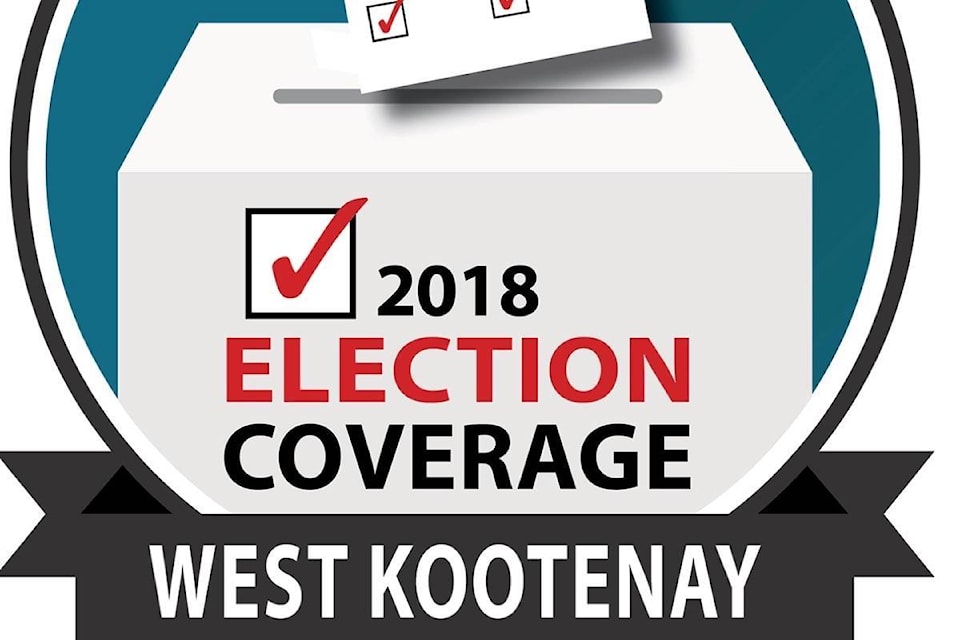While voter turnout in local government elections has been in decline in recent years, it is generally higher in our region compared to the province, according to the Columbia Basin RDI (Rural Development Institute).
In 2014, average voter turnout across the Columbia Basin-Boundary region was 41 per cent, compared to only 33 per cent for municipalities and 23 per cent for regional district electoral areas across B.C.
The highest voter turnout in our region in the 2014 election was in Greenwood, where 70 per cent of eligible voters cast a ballot.
The lowest was in East Kootenay Area C at 17 per cent. In 2014, 14 Area Directors and three municipal councils were elected by acclamation.
For full details on community-level voter turnout in past local government elections, check out the 2017 State of the Basin report.
For the 2018 local government elections, there are 341 candidates running for positions across the municipalities and regional district electoral areas of the Columbia Basin-Boundary region. That’s up from 319 candidates who ran in the 2014 election.
A village or town will elect a mayor and four councillors, while a city or district in our region will elect a mayor and six councillors. Each regional district electoral area elects one director.
Civic Info BC provides a list of candidates for all local governments. Click here: BCCivicInfo.
Studies generally show that voter turnout is lower among younger people, those with lower levels of education, and those that experience lower levels of economic well-being, states the RDI.
These findings suggest that key population groups are inadequately represented in the political process and the policies that stem from it. Further, there are important social and economic barriers (e.g., available time, transportation) that affect some people’s level of civic engagement.
Besides local government elections this fall, B.C. will also hold a Referendum on Electoral Reform.
The referendum is being held by mail from Oct. 22 to Nov. 30.
All registered voters can participate in this important decision that will impact the voting system for future provincial elections.
